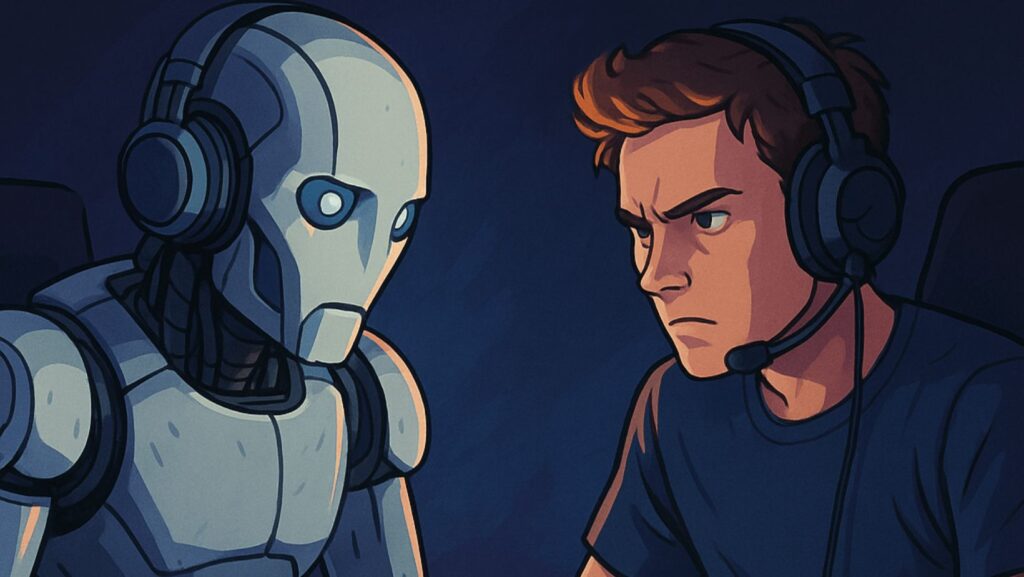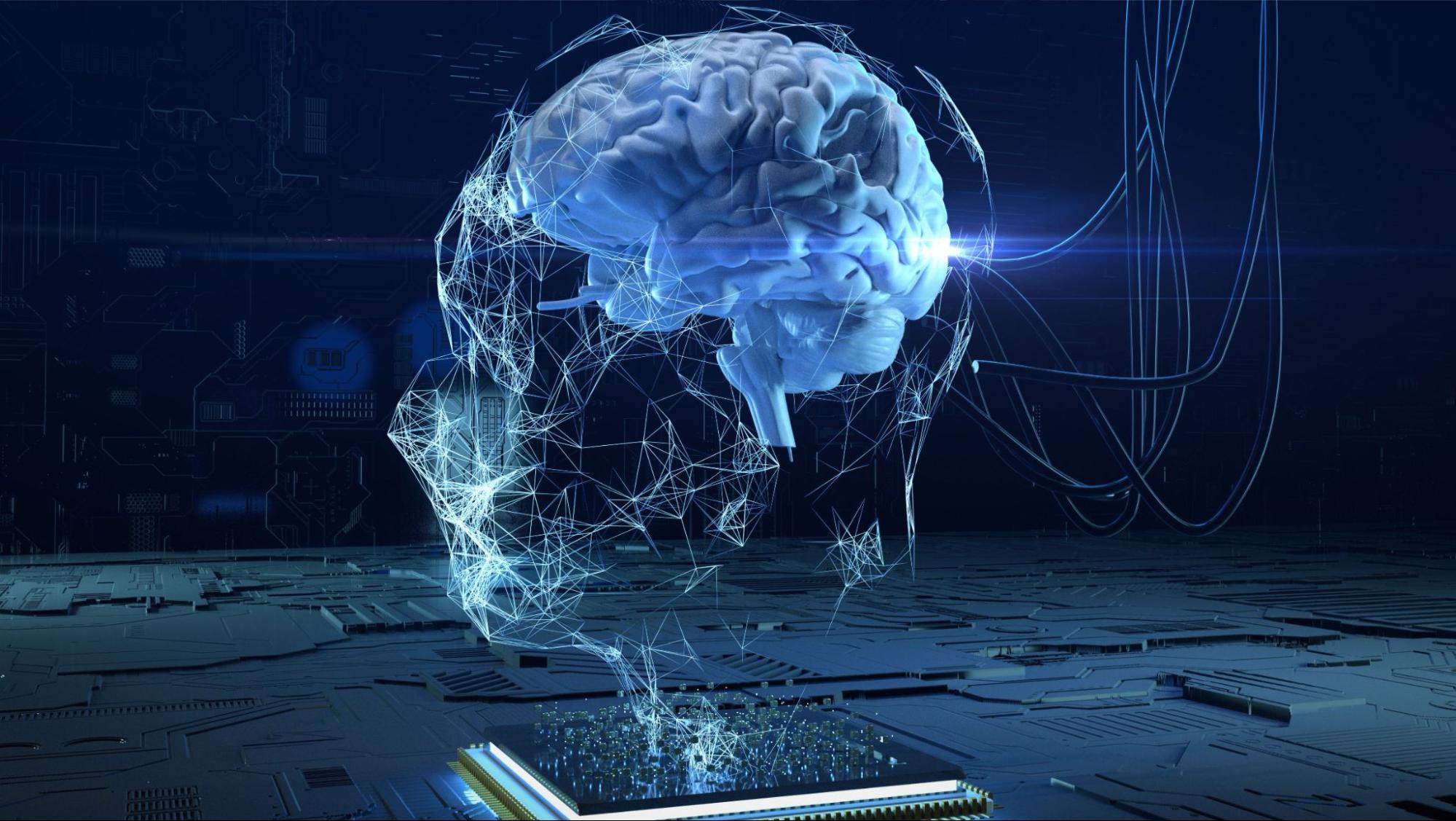
Artificial intelligence is revolutionizing everything — from how we shop to how we write, invest, and even drive. In 2025, it’s almost expected that any digital task can eventually be delegated to an algorithm. But amid this automation frenzy, one unexpected sector is resisting full AI disruption: in-game boosting services.
Boosting — the act of helping a player achieve progress in a game through external assistance — has grown into a multi-million dollar global niche. From ranked progression in Call of Duty: Warzone to gold farming in World of Warcraft and divine orb trading in Path of Exile 2, boosting is often done manually, in real time, by expert players. So the question arises:
If AI can beat humans at Go and write passable essays, why hasn’t it replaced human boosters yet?
The answer lies in a combination of complexity, unpredictability, and the deeply human nature of certain gameplay contexts.
What Boosting Really Involves
To understand why AI hasn’t automated boosting, we first need to define what boosters actually do — because it’s a lot more than just logging into someone else’s account and playing a few matches.
Boosting Is Not Just Grinding
A common misconception is that boosting simply means “grinding faster.” While some services — like currency farming or low-level XP grinding — can be repetitive, most modern boosting scenarios require advanced decision-making, timing, and awareness.
Take Warzone as an example. A professional booster:
- Navigates complex skill-based matchmaking systems (SBMM)
- Selects or counterpicks meta loadouts based on map dynamics
- Plans rotations, high-ground flanks, or stealth entry routes in real time
- Executes high-stakes clutch plays under pressure, often solo-carrying
This isn’t just about aim — it’s about game sense, situational judgment, and pressure handling.
Economy and Trade in RPGs
In Path of Exile 2, boosters may specialize in economic services: acquiring, crafting, and trading valuable currency items like Divine Orbs or Mirror of Kalandra. These activities require:
- In-depth market tracking (item prices can fluctuate hourly)
- Manual negotiation with other players
- Efficient farming routes and loadout switching
Similarly, in World of Warcraft, boosters need to:
- Coordinate with 4–19 other players in high-level mythic raids
- Manage consumables, cooldown rotations, and raid mechanics
- Provide real-time coaching or performance adjustments mid-run
Client Interaction & Personalization
Finally, boosting is often personalized. A client might want a specific KD ratio, loadout, or number of wins per session. There may be account-specific quirks, or playstyle preferences that the booster must adapt to.
In short, boosting blends technical skill, economic intuition, social interaction, and tactical improvisation — a level of multidimensional complexity that AI still struggles to replicate.
Where AI Could Technically Help
Despite its current limitations, AI has shown promise in certain areas of gameplay support, particularly when it comes to repetitive, low-variation tasks — the kind of routines that don’t require real-time adaptation or complex decision-making. While AI can’t (yet) fully replace human boosters, it can augment or automate specific parts of the boosting ecosystem.
Automated Farming in PvE Environments
AI scripts and bots are already widely used for farming mobs, materials, or currency in PvE-focused zones across MMORPGs like World of Warcraft or PoE2. These systems:
- Follow pre-defined paths
- Perform auto-attacks
- Use basic resource collection logic
Such bots are simple, but effective for tasks like low-level grinding or material collection — especially when paired with VPNs or anti-detection methods.
AI in Loadout Optimization & Build Calculators
AI can analyze massive amounts of game data to recommend:
- Best loadouts for Warzone based on patch updates
- Most efficient build paths in ARPGs like PoE2
- DPS simulation outputs for WoW rotations or raid setups

While this doesn’t automate gameplay directly, it assists boosters by reducing the planning time — freeing them up to focus on execution.
Aim Assistants & Decision Trees
In FPS games, there are already AI-driven systems (often used unethically) that can:
- Track head movement and recoil patterns
- Trigger shots with superhuman precision
- Learn map layouts and spawn prediction
However, these tools tend to be brittle. A patch that changes a weapon’s recoil or alters hitboxes can completely break the system. Additionally, these solutions are frequently detected and banned, making them unreliable for professional boosters who value account safety and long-term client relationships.
Matchmaking & Lobby Manipulation Tools
Some AI-based matchmaking tools try to identify patterns in SBMM (skill-based matchmaking) to create favorable lobbies. These include:
- VPN-based region switching
- Time-of-day optimization
- Party stacking to lower average KD
While partially automated, these systems still require human oversight and adjustment, especially as developers actively work to close loopholes.
The Limits of AI in PvP & Real-Time Strategy
While AI has proven itself in static environments like chess or predictable PvE farming loops, competitive player-versus-player (PvP) gaming — the core of modern boosting services — remains a frontier that AI hasn’t conquered. The reason is simple: PvP is chaotic, social, and adaptive — and AI, even at its most sophisticated, still struggles with fluid unpredictability.
Dynamic Combat Situations Can’t Be Scripted
In a ranked Warzone match, enemies don’t follow set paths. They:
- Flank unexpectedly
- Use unpredictable tactics
- Rely on team communication and deception
AI can’t improvise a counterplay mid-air while parachuting into a hot zone with a last-minute loadout change — but a skilled human can. PvP encounters are a mental game, involving strategy, bluffing, and intuition — things AI has yet to emulate convincingly in real time.
AI Lacks Game Sense and Meta Awareness
“Game sense” is an unteachable quality — an understanding of rhythm, flow, timing, and prediction that comes from years of play.
A Warzone booster might instinctively rotate away from a building, anticipating a UAV ping or predicting third-party interference. A PoE2 currency runner might change farming routes mid-session based on chat prices or economy shifts.
These are non-linear, context-rich decisions, which AI can’t process without being explicitly programmed for each variable — a nearly impossible task in live environments.
AI Doesn’t Read Patch Notes or Understand Contextual Nuance
Human boosters can immediately pivot based on:
- Patch notes that nerf a weapon or skill
- An upcoming seasonal reset
- Temporary server lag or regional queues
- Client preferences like “don’t touch my loadout” or “keep my KD below 2.0”

AI doesn’t intuit these nuances. It doesn’t know when to underperform on purpose to dodge suspicion, or when to go full throttle to hit a milestone by midnight. Boosting often involves subtle judgment calls that combine mechanical performance with soft constraints — something no AI system currently understands.
Communication and Client Trust
Perhaps most importantly, AI cannot:
- Build trust
- Answer questions
- Adjust based on a client’s tone, emotion, or feedback
Many clients are highly protective of their accounts. They want communication, transparency, and updates. A human booster offers a personalized service — an AI offers a black-box outcome.
That’s why platforms like Timesaver.gg continue to thrive — offering secure, human-driven boosting solutions for games like Warzone, PoE2, and WoW, backed by real-time support and customizable options.
AI May Assist — But Human Boosters Still Lead the Game
Artificial intelligence is transforming countless industries — and gaming is no exception. From auto-farming to aim assistance and loadout optimization, AI already plays a supporting role in the evolving landscape of competitive gaming. But when it comes to full-service, high-stakes boosting — especially in unpredictable, PvP-dominated environments like Warzone, PoE2, and WoW — human boosters remain irreplaceable.
Why? Because real boosting isn’t about repetition — it’s about reaction, adaptation, and instinct. It’s about interpreting a live situation, adjusting to shifting metas, and building trust with real players. These are human traits that no script, no bot, no neural network can currently replicate at the required level.
That doesn’t mean AI won’t continue to evolve or play a greater role in automation. It might become a stronger assistant — perhaps even a hybrid partner in the boosting process. But full replacement? Not yet. Maybe not for a long time.
Until AI can think, adapt, and communicate like a top-tier Warzone player — real gamers will still rely on real people to help them climb, conquer, and save time.











